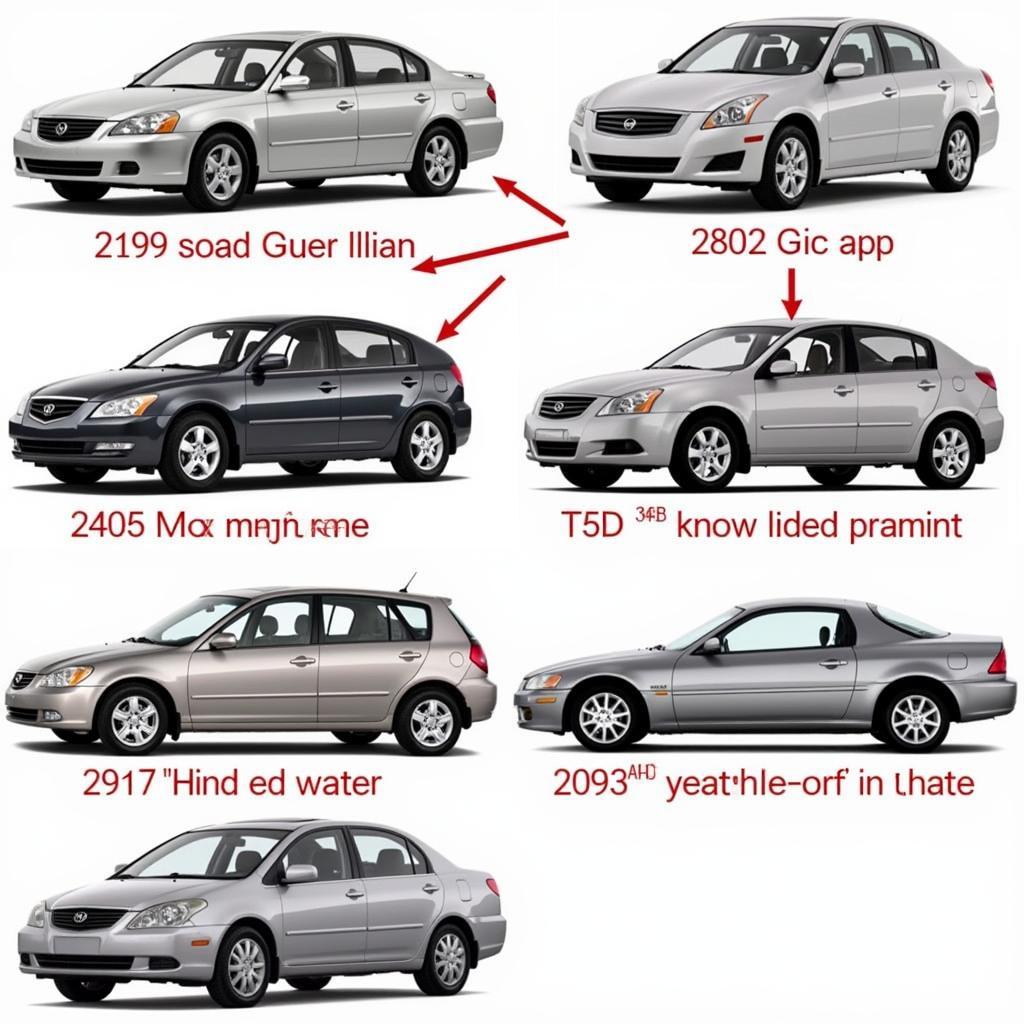Connecting your car to a diagnostics tool can feel intimidating, but it’s a powerful way to understand your vehicle’s health. Whether you’re a DIY enthusiast or a professional mechanic, hooking your car up to a diagnostics tool opens a window into its inner workings, allowing you to identify issues, monitor performance, and potentially save money on repairs.
Understanding the Importance of Hooking Your Car Up to a Diagnostics Tool
Modern vehicles are complex systems controlled by a network of computers and sensors. When something goes wrong, these systems store diagnostic trouble codes (DTCs) that pinpoint the source of the problem. A diagnostics tool, also known as a scan tool or code reader, allows you to access these codes and decipher their meaning. This empowers you to diagnose issues accurately and efficiently.
Why Should You Hook Your Car Up to a Diagnostics Tool?
- Early Problem Detection: Catching issues early can prevent them from escalating into costly repairs.
- Accurate Diagnostics: Avoid guesswork and unnecessary part replacements.
- Improved Performance Monitoring: Track vital engine data and identify potential performance bottlenecks.
- Cost Savings: Diagnose problems yourself and potentially avoid expensive mechanic fees.
- Increased Control: Take charge of your vehicle’s maintenance and understand its health.
 Connecting OBD2 Scanner to Car’s Port
Connecting OBD2 Scanner to Car’s Port
Different Types of Diagnostic Tools
There’s a wide range of diagnostic tools available, from basic code readers to advanced professional-grade scanners. Choosing the right tool depends on your needs and budget.
Basic Code Readers
These affordable devices can read and clear basic DTCs. They’re ideal for DIYers who want to identify simple problems.
Advanced Scan Tools
These tools offer more features, including live data streaming, advanced diagnostics, and access to manufacturer-specific codes. They’re suitable for professional mechanics and serious car enthusiasts.
Professional-Grade Scanners
These high-end tools provide comprehensive diagnostic capabilities, including bi-directional control, programming, and access to a wide range of vehicle systems. They’re typically used by dealerships and specialized repair shops.
How to Hook Your Car Up to a Diagnostics Tool
Most modern vehicles use an OBD-II (On-Board Diagnostics II) port, typically located under the dashboard on the driver’s side. Connecting a diagnostic tool is generally a straightforward process.
- Locate the OBD-II port.
- Turn off the ignition.
- Plug the diagnostic tool into the OBD-II port.
- Turn the ignition on, but do not start the engine.
- Follow the instructions on the diagnostic tool.
What if I Can’t Find the OBD-II Port?
Some older vehicles or those with unique configurations may have the OBD-II port in a different location. Consult your vehicle’s owner’s manual or search online for its specific location.
 OBD2 Port Location in Various Car Models
OBD2 Port Location in Various Car Models
Troubleshooting Common Issues
- No Power to the Tool: Check the diagnostic tool’s connection and the vehicle’s fuses.
- Unable to Connect: Ensure the ignition is on and the tool is compatible with the vehicle.
- Error Messages: Refer to the diagnostic tool’s manual for troubleshooting steps.
“Regularly hooking your car up to a diagnostics tool is like giving it a regular check-up. It can help you stay ahead of potential problems and keep your car running smoothly,” says John Smith, ASE Certified Master Technician.
Conclusion
Hooking your car up to a diagnostics tool is an essential part of modern car maintenance. Whether you’re a seasoned mechanic or a DIY beginner, using a diagnostics tool can empower you to understand and maintain your vehicle’s health, saving you time and money in the long run.
FAQ
- Do all cars have an OBD-II port? Most cars manufactured after 1996 in the US have an OBD-II port.
- Can I damage my car by using a diagnostics tool? Using a diagnostics tool correctly will not damage your car.
- What does a “pending code” mean? A pending code indicates a potential problem that hasn’t yet fully developed.
- How often should I hook my car up to a diagnostics tool? It’s a good idea to scan your car periodically, or whenever you suspect a problem.
- Can I clear diagnostic trouble codes myself? Yes, most diagnostic tools allow you to clear codes. However, clearing codes doesn’t fix the underlying problem.
- What if my car doesn’t have an OBD-II port? Older cars may use different diagnostic systems.
- Where can I buy a diagnostics tool? Diagnostic tools are available at auto parts stores, online retailers, and specialty shops.
If you need further assistance, please contact us via WhatsApp: +1(641)206-8880, Email: [email protected] or visit us at 910 Cedar Lane, Chicago, IL 60605, USA. We have a 24/7 customer support team.

Leave a Reply